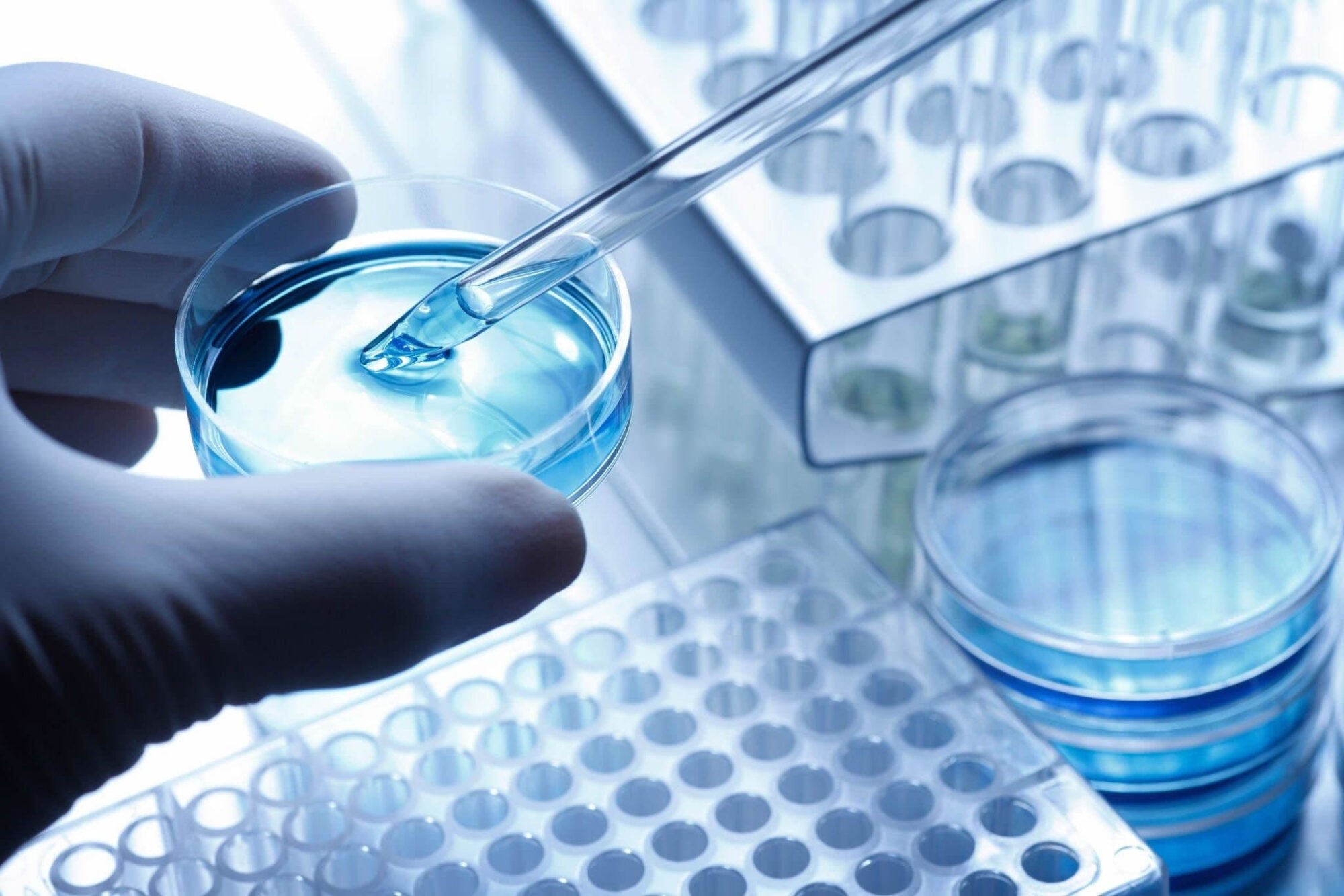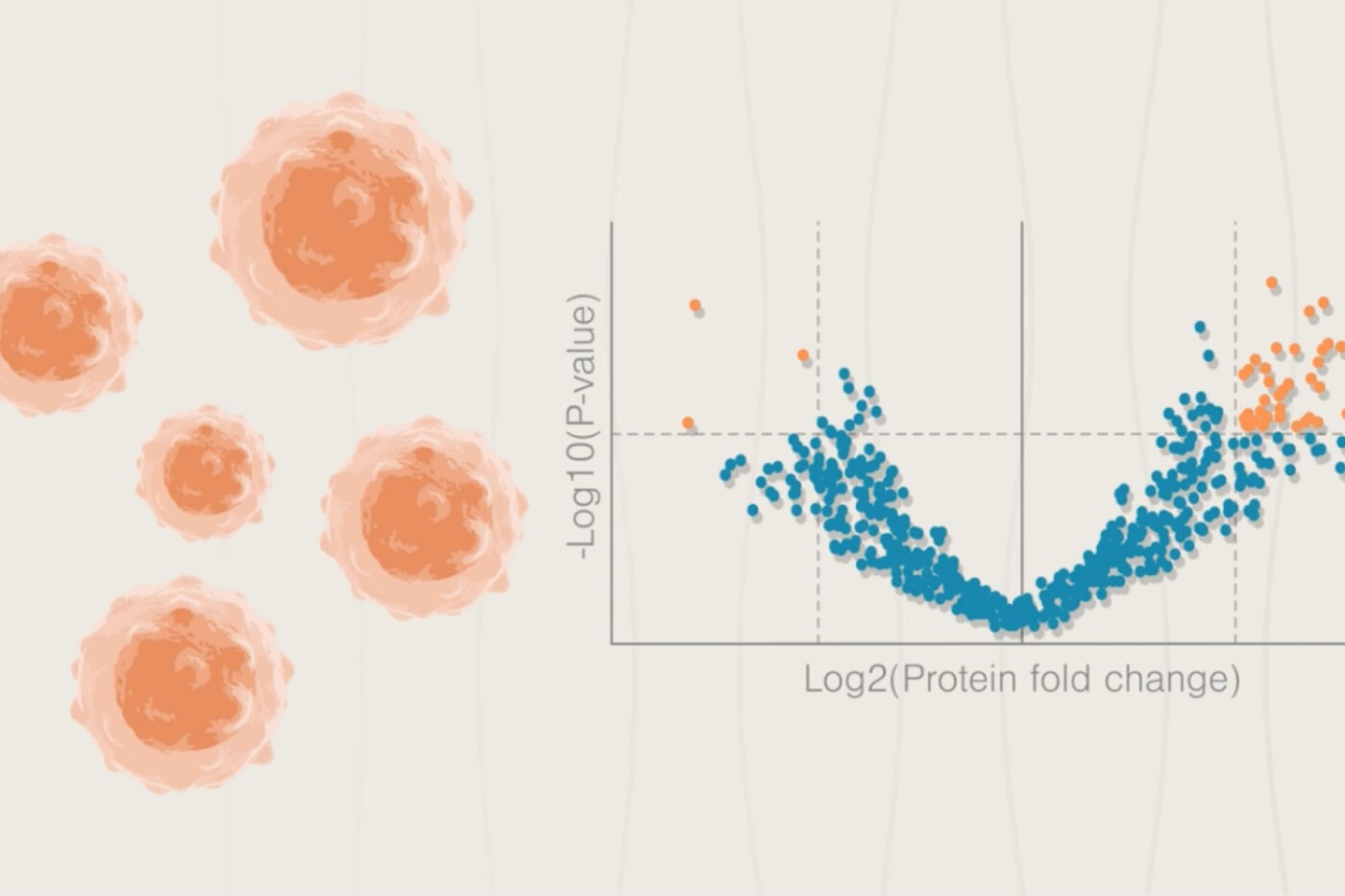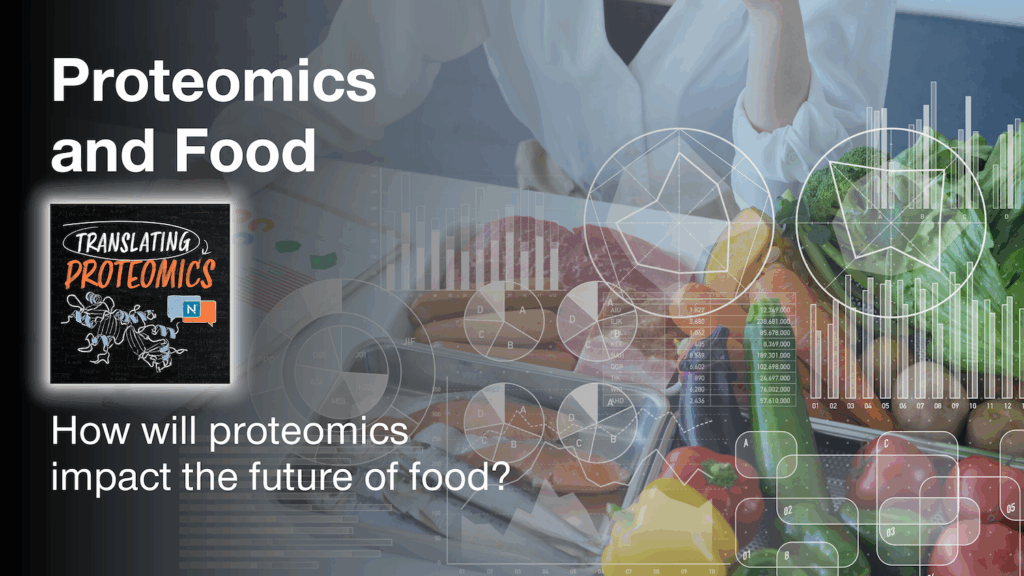Proteomics has wide-ranging applications and one area that’s rife with possibility is food. On a recent episode of Translating Proteomics, hosts Parag Mallick and Andreas Huhmer explored how accessible next-generation proteomics platforms may impact food production and consumption. We highlight some of their key points below and encourage you to stream the full episode to learn more.
Have questions about the potential of proteomics? Reach out to us at translatingproteomics@nautilus.bio and we may explore answers on a future episode.
Investigating food qualities with proteomics
Hopefully you’ve experienced the joy that comes with eating a hefty serving of fluffy scrambled eggs or bitten into a perfectly crisp apple. On Translating Proteomics, Parag and Andreas discuss how proteomics can deepen our understanding of the processes that give rise to these desirable qualities.
For instance, Andreas mentioned work investigating brewer’s yeast proteome changes resulting from the addition of fruit to fermenting beer and wine. In a similar vein, Parag shared that a neighboring lab once used proteomics to probe the biological pathways that enable yeast to become more alcohol tolerant (and potentially create higher ABV beverages). More recently, Parag has spoken with folks in the synthetic food industry about using proteomics to identify the proteome profiles that give staples like scrambled eggs their flavors, textures, and hues. If identified, the proteins involved could be added to artificial foods to make them more appetizing alternatives to animal-derived foods.
Other food qualities that can be studied with proteomics include, but are certainly not limited to:
Beyond these consumer-oriented qualities, researchers can use proteomics to study how to make crops and livestock more tolerant to changing environmental conditions. For example, Parag mentions how proteomics techniques can probe the mixtures of proteins that make crops drought or pathogen resistant.
For all these qualities, Parag and Andreas stress that next-generation proteomics platforms are opening new possibilities. While traditional platforms can be expensive and difficult to use, new technologies will hopefully be more accessible and open the proteomics playing field to food scientists and producers.
Watch Parag and Andreas discuss how proteomics can be used to improve food quality:
Investigating food safety and authenticity with proteomics
Parag and Andreas highlight food safety as a critical part of food production. Regulators work hard to prevent outbreaks of food-borne illnesses, and proteomics could help them make foods safer by:
- Enabling new means for allergen screening
- Identifying microbial pathogens
- Identifying protein or peptide toxins
On the food authenticity side, Parag and Andreas discuss how proteomics could be used to:
- Ensure fish and meats are labeled correctly – Proteins in meat products can be used to identify their source animals and this might help prevent things like fraud and over-fishing.
- Assess terroir – If ingredients like wine grapes grown in specific regions have nuanced proteomic profiles, those profiles may be measurable in the final food products to assess authenticity and help consumers answer questions like, “Is this actually Champagne?”
Finally, proteomics could be used to assess how foods impact our bodies. For instance, one could determine what food proteome profiles are associated with what proteome changes in the gut and the gut microbiome. This could help consumers assess whether products that are supposed to be probiotic or anti-inflammatory actually have their desired impacts.
Watch Parag and Andreas discuss how proteomics can improve food safety:
Guiding the creation of new foods with proteomics
Spurred by a conversation surrounding miraculin, a small molecule that alters the activity of a taste receptor and bends palettes to make lemons taste like candy among other impacts, Parag and Andreas discussed some of the ways proteomics can help researchers engineer new kinds of food.
As noted above, proteomics could help researchers find ways to effectively grow crops and livestock in changing environments. Going further, Parag and Andreas suggest that proteomics experiments in orbit may enable researchers to identify qualities necessary for food production and transport IN SPACE.
In addition, if proteomic analyses identify protein mixtures that give rise to certain flavors and textures, researchers could play with these proteins to make new combinations of food qualities. They might also identify the specific proteins and receptors that make certain foods delicious for some and disgusting for others. Later they could use this knowledge to create materials that alter the interactions between proteins and taste receptors to increase palatability. Such work could, for instance, make healthy foods tastier.
Watch Parag and Andreas discuss how proteomics can be used to create new foods:
The food of the future
Clearly there are many opportunities at the intersection of proteomics and food. As next-generation proteomics platforms make proteomics more accessible, we cannot wait to see how our understanding of food changes and how that understanding improves our diets. As Parag and Andreas suggest, we may soon be cooking not just with ingredients, but with proteomic insight!
MORE ARTICLES



